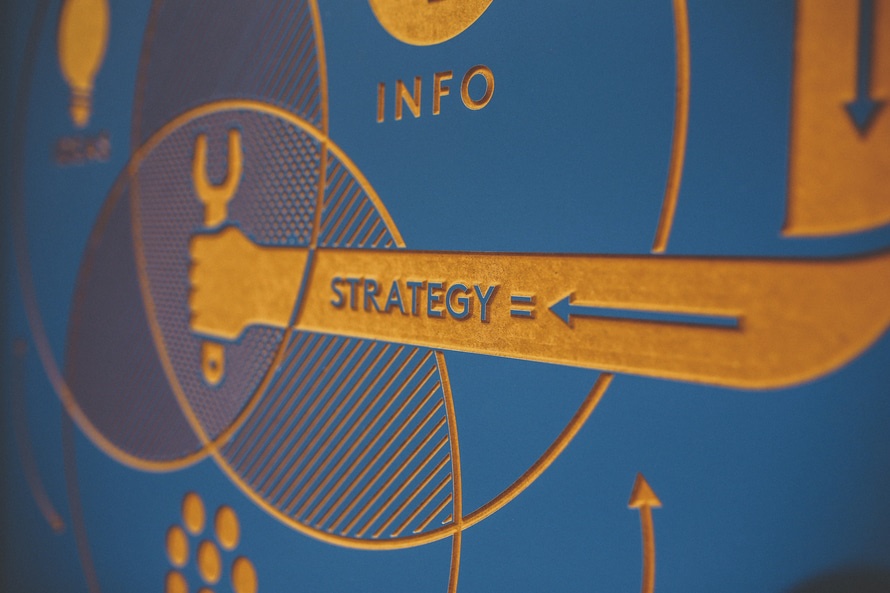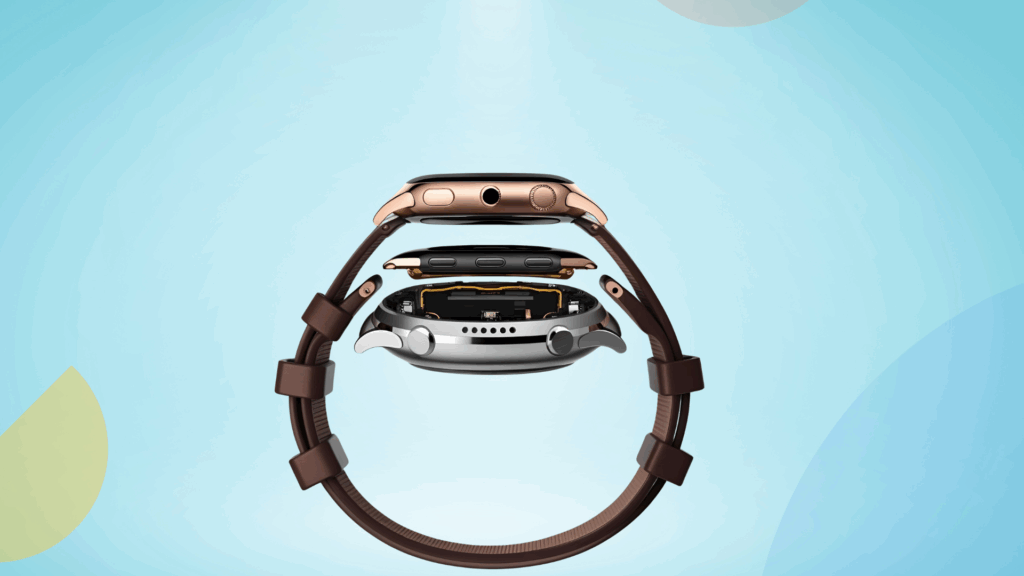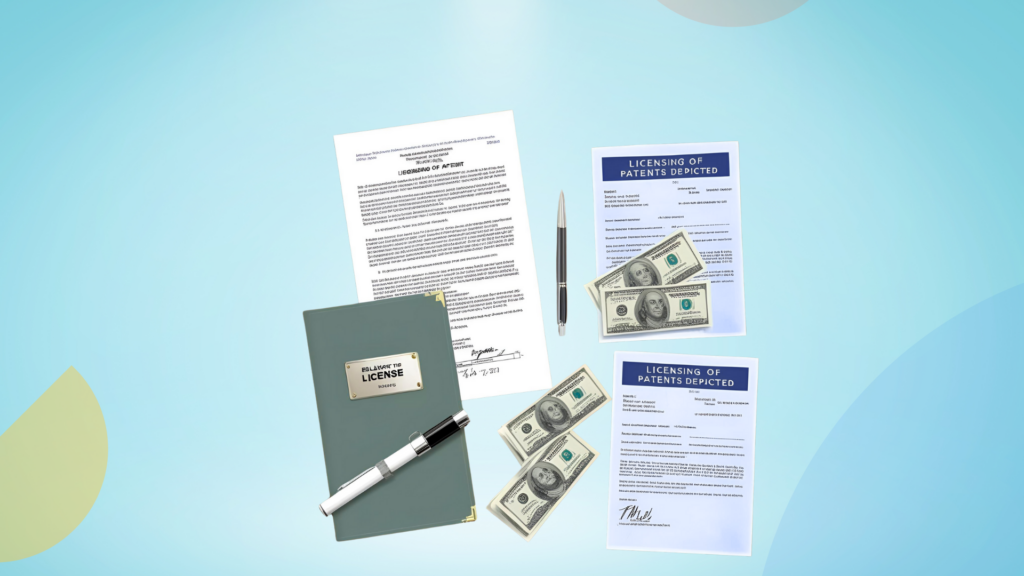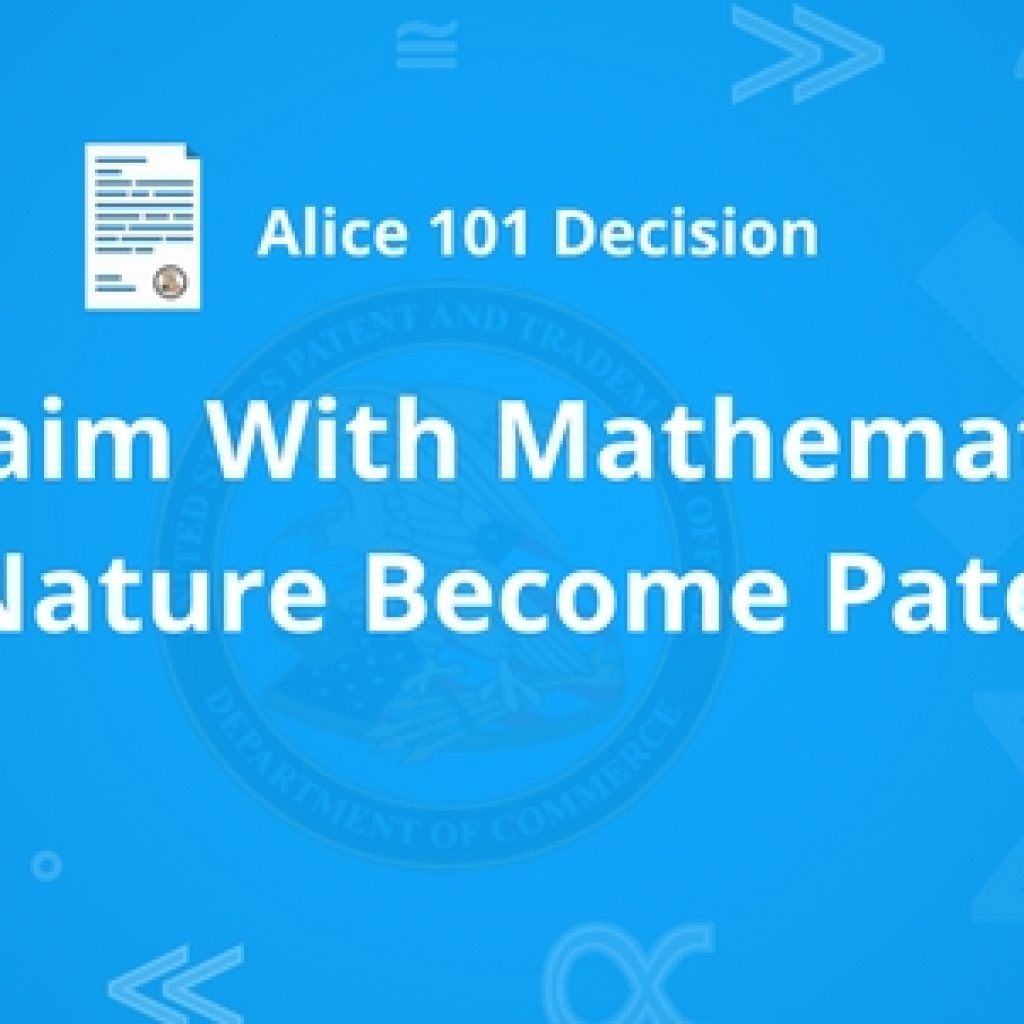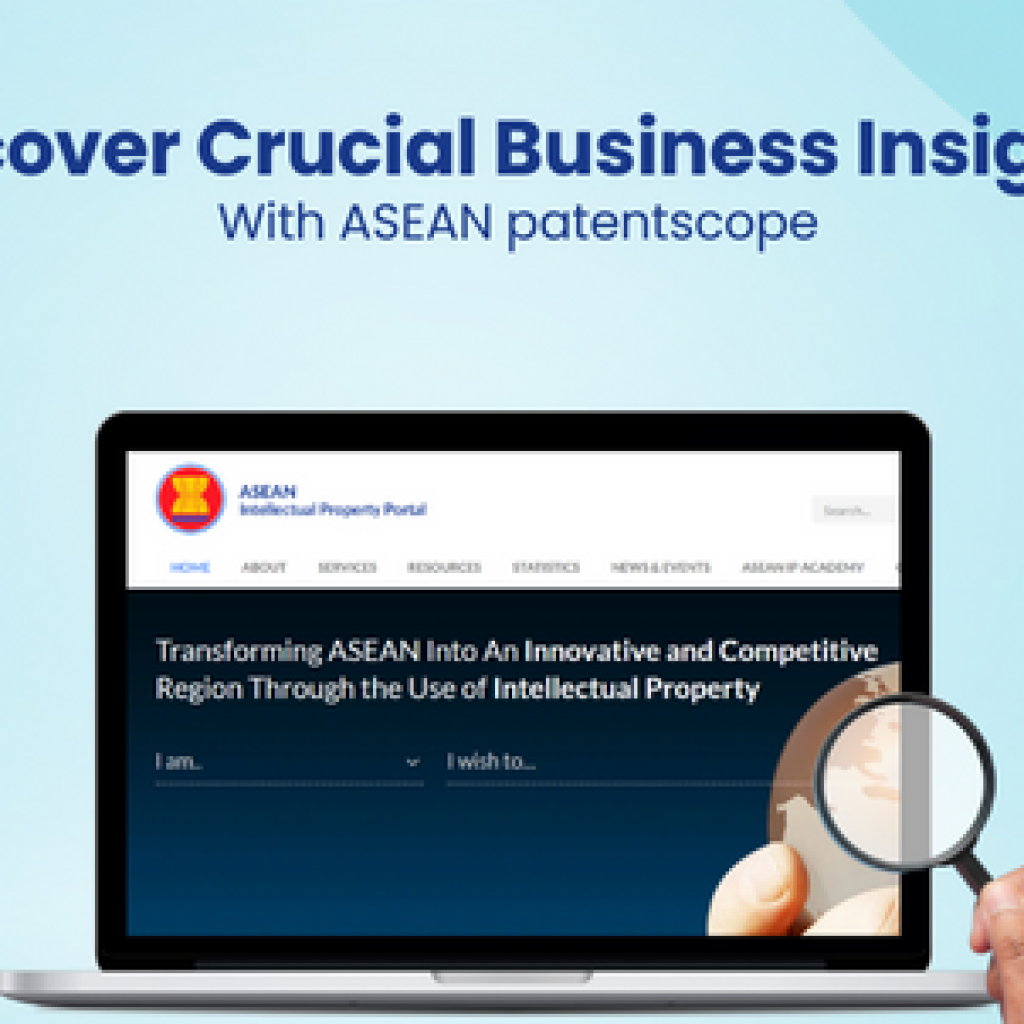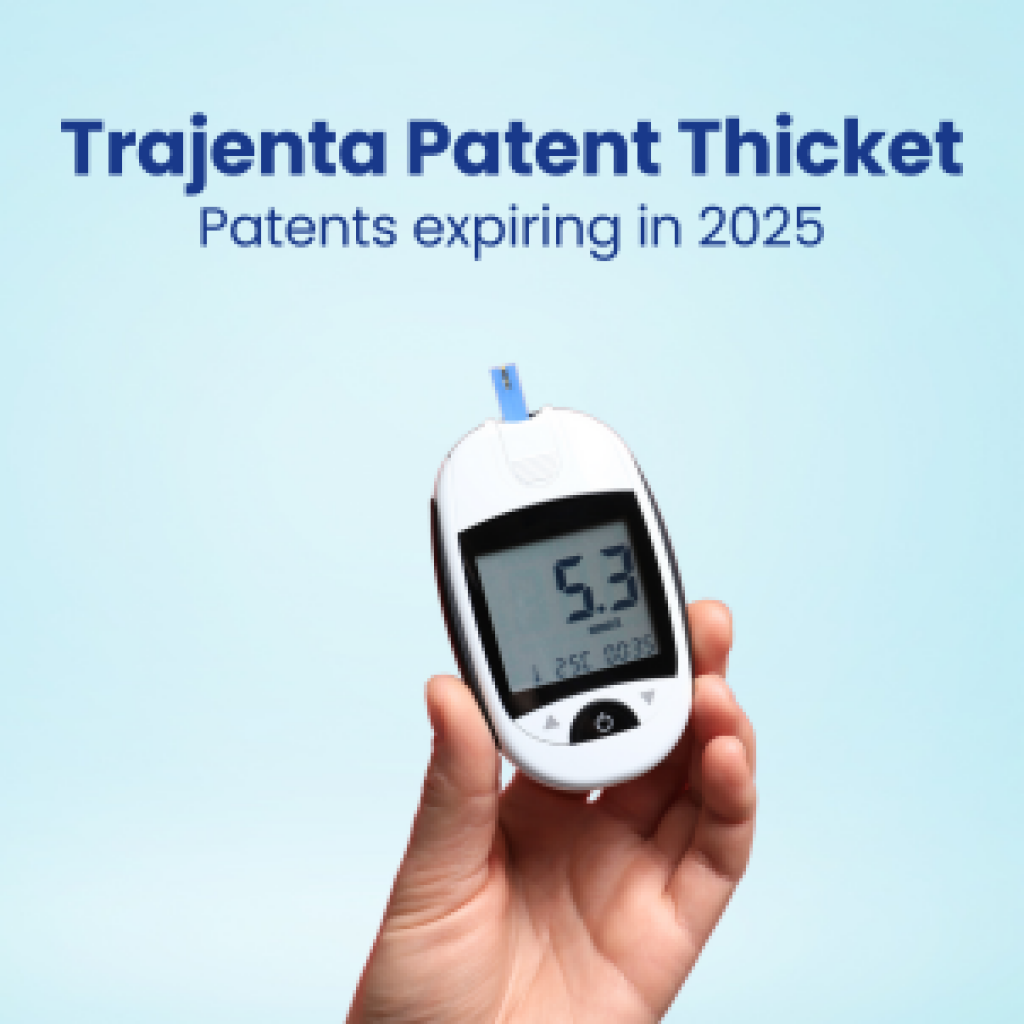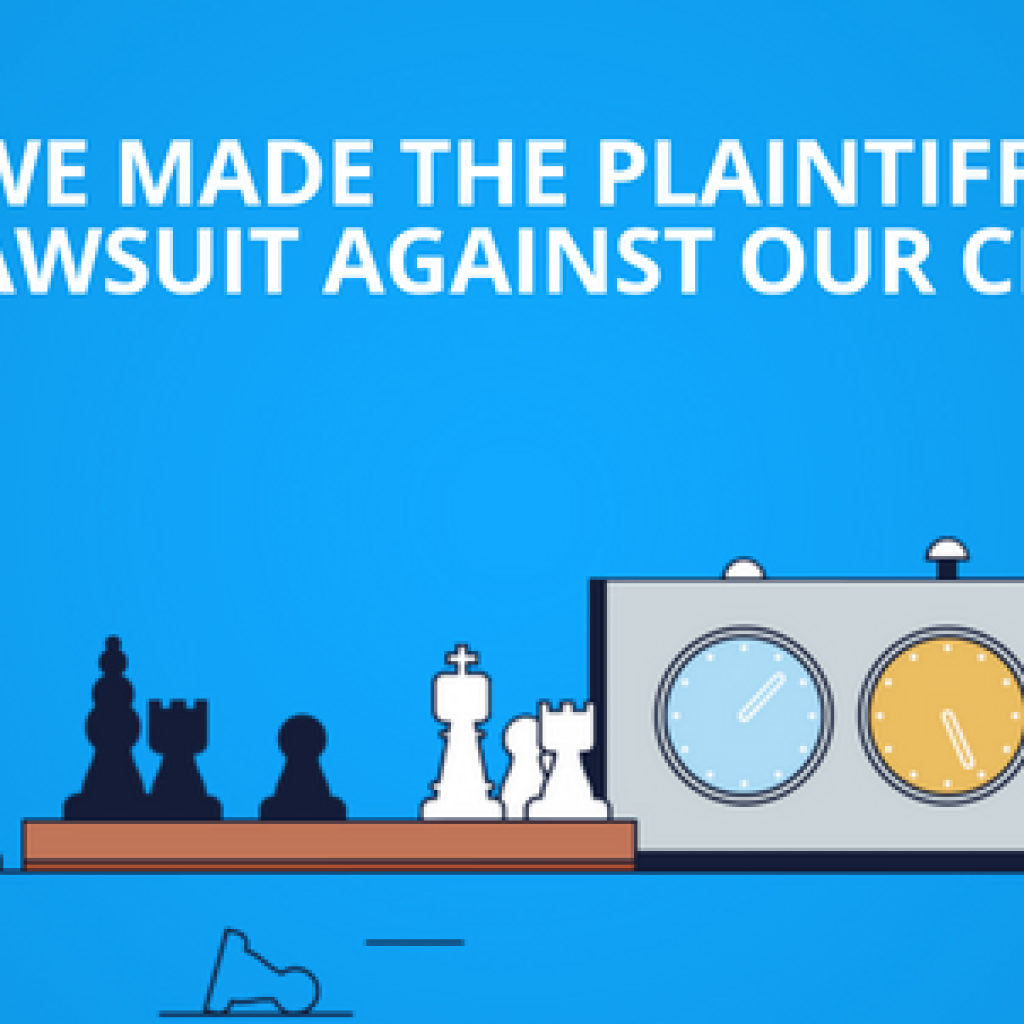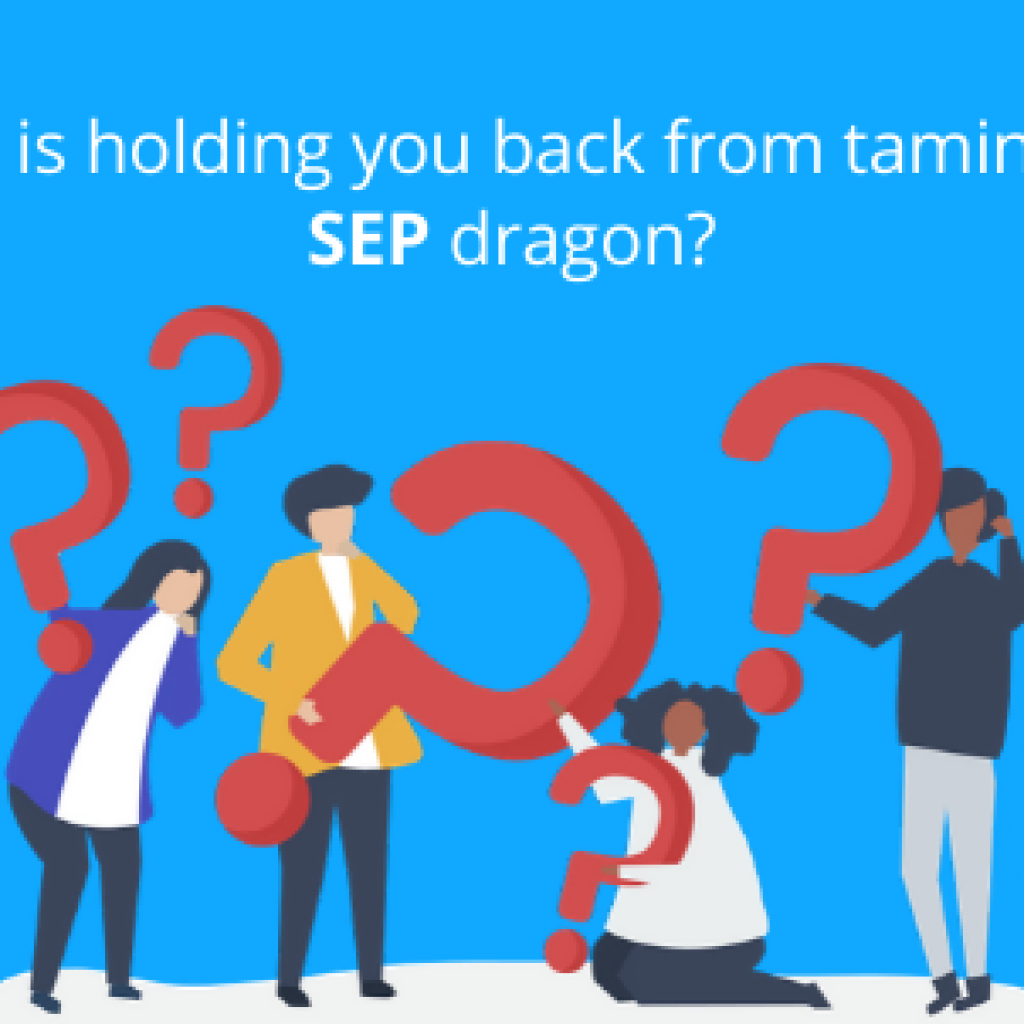Today was the most important day in Bob’s life. Bob holding a Mont Blanc in his hand was seconds away from signing a deal with XYZ Technologies.
Bob is a patent owner who had spent 10 years of his life researching technology focusing on call forwarding and ring silencer techniques in mobile phones. After spending innumerable nights working on his research, he got his first US patent granted.
From that point onwards, he wanted to sell his patent for loads of money so that he could lead a life he had dreamt of. After a long wait, today was the day when all his dreams would come true.
He was fixedly looking at the number quoted on the white sheet placed before him. The number aroused a strange feeling inside him – Am I getting the best deal possible? Is there any other strategy left that could get me more benefits in terms of the money I am currently getting for my patent? Should I sign it or wait for some more time?
Soon, a lot of memories related to the process began gushing through Bob’s mind. How he had contacted a patent consulting firm to get the monetization analysis done? How did he want to get better monetization in the lowest possible expenditure? The process that followed over a period of two weeks through constant email exchanges and telephone calls.
Loads of publicly available literature related to mobile phones were analyzed and relevant information was presented in a word document. Suddenly, a piece of advice from a researcher boldly written in an email flashed through his eyes – We feel product testing of mobile phones [list attached herewith] could help you get more value for the patent. Do let us know if you want to proceed with the same.
He, then, recalled how he felt spending a little extra on product testing might not yield ROI and asking his attorney, John, to sell his patent based on the current information, and after few weeks of discussing with different companies getting this offer from XYZ Technologies.
A faint sound fell on his ears, “Mr. Bob”, “Mr. Bob”. Bob realized he was sitting in the conference room with Mr. Barney, Lead IP Attorney of XYZ Technologies in front of him.
“So, Mr. Bob, are you ready to sign this deal? Rest assured you are getting the best amount for your patent. You can sign below and confirm this deal. There are not many companies that are ready to buy your patent and on top of this price. If you think long, you will surely lose this deal and end up not getting a penny for it”.
Without much due, Bob signed the deal and shook hand with Barney, who had a chuckle on his shaved face.
Bob was happy at finally selling off his patent.
After two months, Bob had a near heart-attack while reading the morning news. The headline stated, “XYZ Technologies sues 10 major smartphone manufacturers, asks for $900 million in damages”.
$900 million! It was 100 times the money that was offered to him by Barney. Now Bob realized why Barney had that grin on his face. He hastily checked the list of 10 companies, and to his utter shock, all of the companies sued were on the list as suggested by the researcher.
He was finally able to connect the dots and decipher the Secret to Getting Maximum Return on Investment while Monetizing Patents. Unlike Bob, XYZ spent resources for performing the product testing of the mobile phones of listed companies and was able to secure 100 times the money he had received for his patent.
At the end of the day, Bob realized that the “best deal” he was promised was not really the best. A few days later, he contacted the researcher at the firm and advised him to share his story with everyone so that others may not regret missing the best deal.
Bob realized the hard way that not spending money and time on product testing and/or reverse engineering of products can prove detrimental, as the actual worth of patents remains unknown.
Having shared the story of Bob, let us pull curtains off on three cases where product testing/reverse engineering of products is necessary and how it could help you earn the best deal on patents.
Newly Launched Products
For new products in the market, the available literature sometimes does not provide clear information on all the features present in the product. Blogs and research journals though can elaborate such features, but it takes a while before the information is publicly available.
In those cases, product testing can serve as a great way to figure out the features present in a product.
Backend Information Unavailable for consumer products
Based on experience in patent studies and live examples, we can say that RE/product testing can bring out the details which publicly available literature cannot.
It can uncover the product information which might be crucial to proving infringement. Most companies do not provide backend information on the web as it is not deemed fit for consumption by the consumers. Such information can be easily targeted by this technique. In that manner, more potential licensees could be sought, earning millions in monetization.
In one of a project in the past, we confirmed infringement by a semiconductor chip to confirm. You can read from here how we used reverse engineering to prove infringement.
Convincing Evidence
Consider a scenario in which you have to explain to a layman person that the product of company X infringes the technology of a patent. For this, on one side you have a text-based report showing the infringement. On the other hand, you have a report with video/pictures showing the live working of the product which exactly points out the infringement. Undeniably, the second report would be more convincing and would have more impact on the layman person.
This scenario perfectly fits when you are presenting infringement litigation in court or are trying to monetize the patent. It is scientifically proven that a visual output (e.g. image/video) has more impact when compared to regular text. And when it is a matter of millions of dollars, you would want to go with the best option.
In one of our analysis, for example, this is how we represented an overlap of US8138907 on most of the taxi services. You can read it from here – how universities can generate more revenue
Conclusion
Patent owners have been using basic techniques for years as a mechanism to tackle all patent monetization cases. Though this may seem like a relatively cheaper method to arrive at the solution, it is not the most comprehensive method to go about.
In our opinion, Reverse Engineering/Product Testing is a more productive method, which though a bit more costly than the basic one, yields better return on investment.
After all, the entire point of monetizing a patent is a good ROI. Then why not choose the method that gets you the best Return on Investment?
Authored By: Rohit Sood, Manager, and Vincy Khandpur, Team Lead, Infringement Search.
Next Step: Explore more Patent commercialization Strategies and create your own smart patent commercialization strategy using these tactics.

